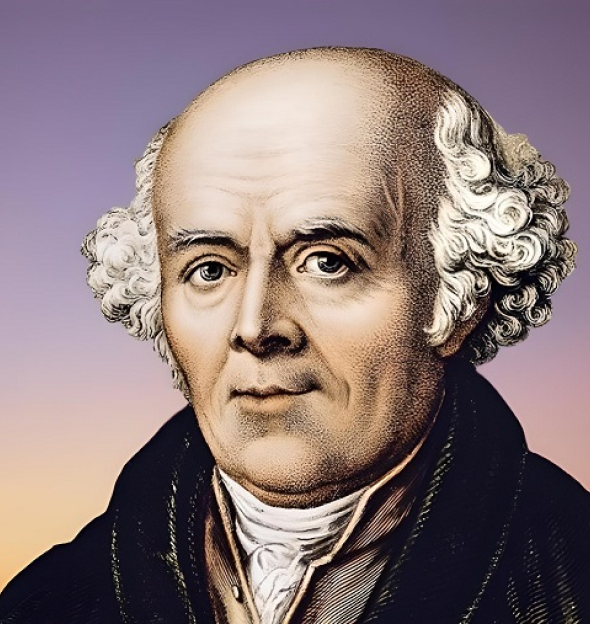
Historical background of HOMOEOPATHY
Samuel Hahnemann
A German physician, linguist, and scholar from the early 1800s, grew disillusioned with the medical practices of his era. Observing that conventional medicine often exacerbated patients' conditions, he sought alternatives. Inspired by the principle of "like cures like" from the writings of a British scientist, Hahnemann conducted self-experiments, ingesting heavy doses of quinine, a treatment for malaria. Astonishingly, he experienced symptoms resembling malaria.
Over his lifetime, Hahnemann experimented with nearly 100 substances, systematically proving their ability to alleviate symptoms they induced in healthy individuals. Recognizing that the energy of these substances, when harnessed, could cure corresponding symptoms, he developed Homoeopathic remedies. This process involved diluting the "mother tincture" (original extract) and potentizing it through succussion, a vigorous shaking method.
Further contributions from American MDs, including Kent, Herring, and Clarke, expanded our comprehension of remedy "states" — non-optimal mental or physical conditions. George Vithoulkas, a Greek figure, later provided a scientific rationale for homoeopathy. This collective effort enhanced the understanding and application of Homoeopathic principles in medical practice.
The Art of Healing
After years of dedicated study and experimentation, Hahnemann unveiled a profound understanding: authentic healing arises when the body's inherent wisdom orchestrates the recovery process. He emphasized the significance of a medicinal approach that stimulates healing from within. This perspective sharply contrasted with allopathic medicine, which sought to suppress or manage symptoms without addressing the root cause. Hahnemann astutely observed that allopathic interventions often pushed the body toward deeper pathologies by essentially 'switching off' its innate intelligence, referred to as the vital force—an encompassing term for immunity, cerebrospinal fluid flow, glandular secretion, oxygenation, and more.
Defining the Vital Force
In the healthy state, the spiritual vital force, the dynamic force animating the material body, governs the organism, ensuring harmonious and vital operations. The material body, devoid of the vital force, remains incapable of sensation, function, or self-preservation.

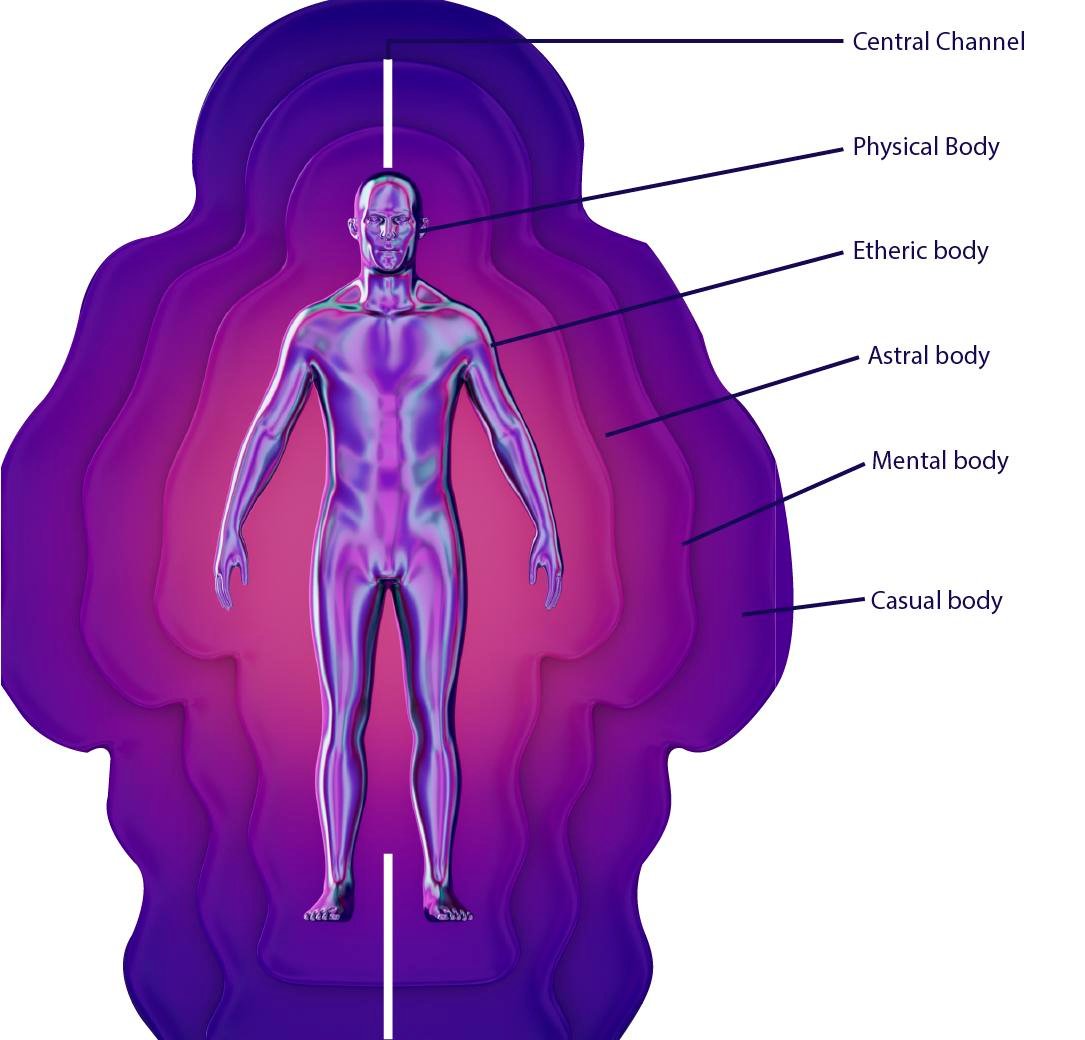
Homoeopathy's Impact on Vital Force
Considering the "law of least quantity," homoeopathy operates on the principle that the minimum action necessary to induce change is the most potent. This aligns with the concept of vital energy as a fundamental universal force. By treating individuals with a similimum remedy—a substance that mirrors their symptoms—homoeopathy harnesses minimal, single doses to stimulate the hidden vital force in disease, fostering a complete and harmonious cure.



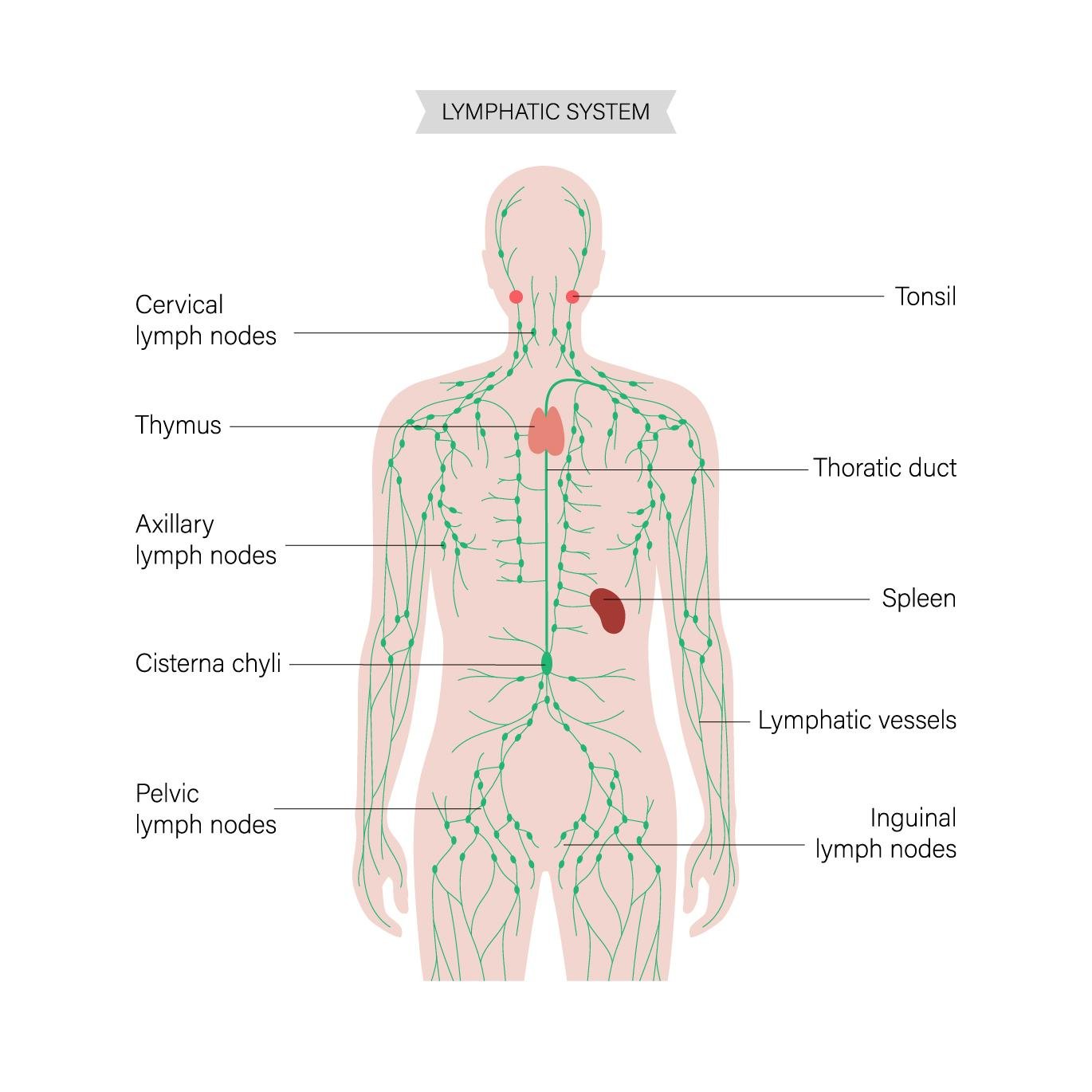
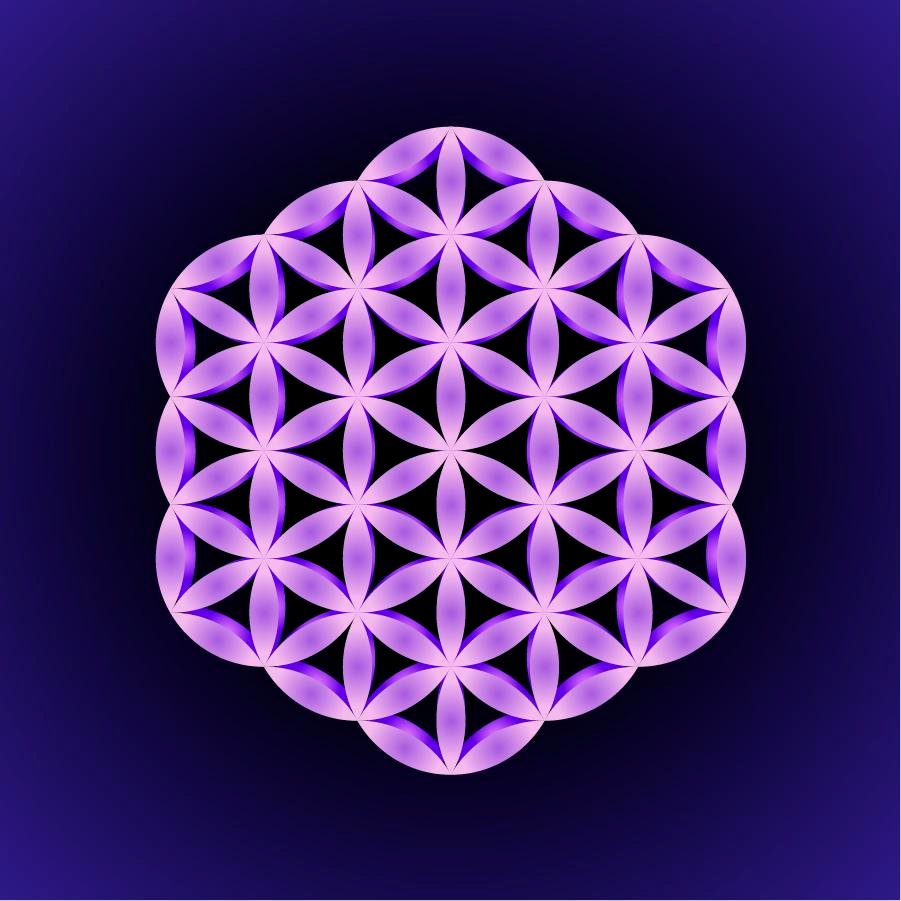
Energy Vibration
As your energy resonates with the frequency the universe has been endeavouring to deliver, a harmonious flow emerges, catalyzing transformative miracles. Symbolically, the doctor's emblem represents the transmission of vital force energy within the body.
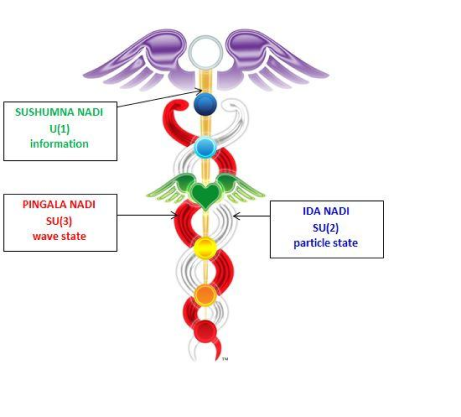
Understanding Remedies
Derived from plant, animal, metal, and mineral sources, remedies undergo a meticulous preparation process. A mother tincture is crafted through maceration, followed by dilution and potentization through succussion. Modern remedies are machine-potentized, but Hahnemann's era saw meticulous handcrafting and trituration, revealing an intriguing finding: greater dilution often led to deeper and more lasting cures. This revelation gave birth to the concept of 'potentization,' where higher potencies contain less material substance and capture the energetic 'wavelength' or spirit of the medicine.

POTENCY SCALE
Hahnemann introduced the centesimal or 'C' scale, diluting substances by a factor of 100 at each stage, a method he favored throughout his life. An alternative decimal scale (D or X) involved tenfold dilutions. Regardless of the scale, the experimental stage saw the reduction of doses to infinitesimal levels through multiple serial dilutions, tailored to the solubility of compounds in rectified spirit or lactose for liquids or insoluble materials, respectively."

